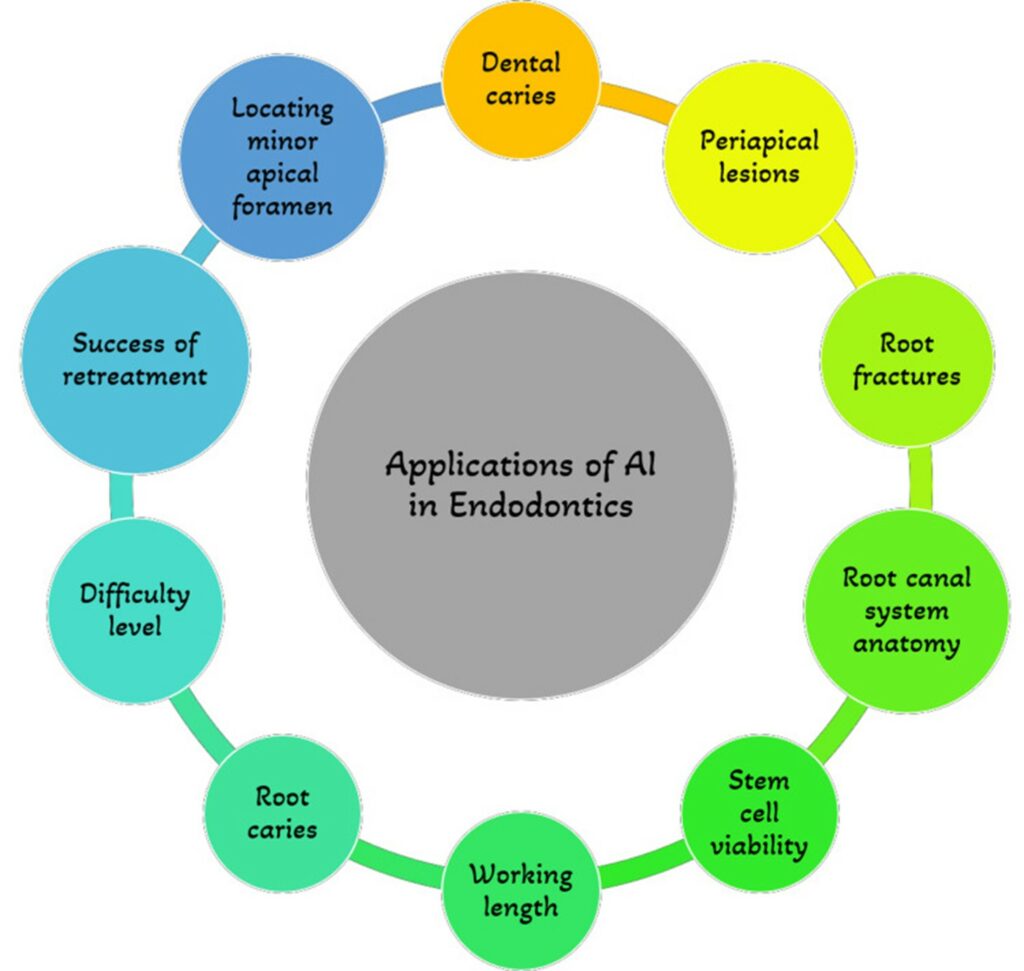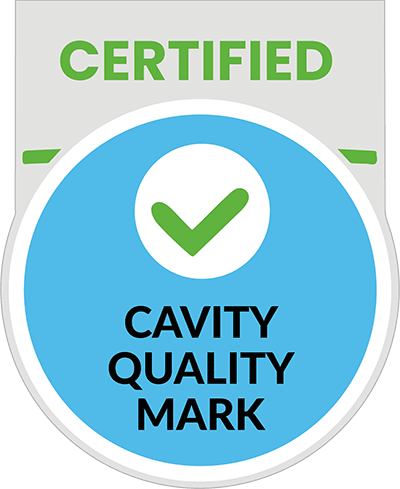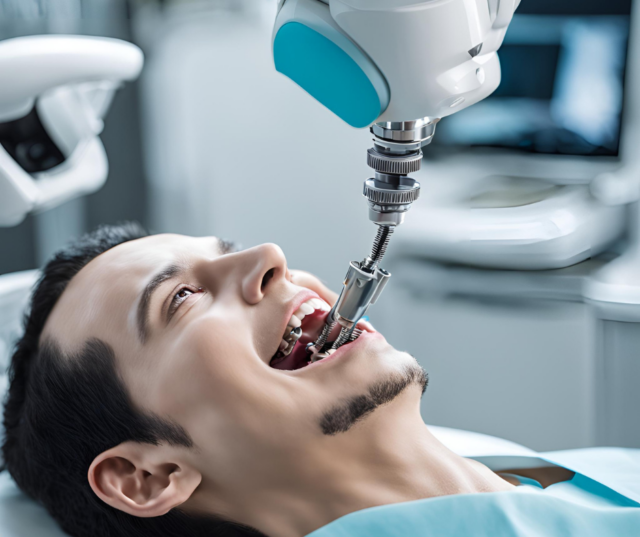Dental industry trends in 2023, saw a big jump in using technology in dentistry, especially with 3D printing and artificial intelligence (AI), these technologies are still leading the way in 2024. There's also a big focus on understanding what younger patients want, like sustainability and quicker, more efficient communication. Implants and cosmetic dentistry are still super popular because everyone wants to improve their smiles.
Top 6 dental industry trends shaping 2024 and beyond
1 3D Printing
3D printing in dentistry lets us create objects from digital models. There are two ways to do this: subtractive (removing material) and additive (adding material layer by layer, which is what 3D printing does). In dentistry, 3D printing is used for making things like:
- Study models
- Smile design models
- Splints and night guards
- Aligners
- Dentures
- Crowns and bridges
- Custom trays
- Surgical guides for implants and periodontal surgery
What's new? 3D printing is now even being used to replicate living tissues and organs, which is amazing for future dental and medical treatments. This innovative approach could change how we do things like periodontal treatments and even whole tooth regeneration. Read more about this exciting advancement here.

Image source: Zhao et al., 2024.
2 Artificial Intelligence (AI)
AI is becoming a big deal in dentistry. It helps analyse data and come up with solutions for things like:
- Diagnosing and planning treatments
- Detecting tooth anatomy, caries, and fractures
- Managing patient appointments and records
- Interpreting radiographs
- Planning and executing oral surgeries
- Designing aligners and prostheses
AI is making everything more efficient and accurate, from diagnosis to treatment planning.
Where is Artificial intelligence used in dentistry?
AI is growing in use for diagnosis and treatment planning, particularly in endodontics where this is used in several ways: detection of tooth anatomy, caries, periapical lesion, fractures, detecting the level of treatment difficulty, determination of working length and predicting success of retreatment. AI has been particularly successful having a detection accuracy rate of 92% in periapical lesions for example.

Image source: Agrawal et al., 2022.
3 Advanced Dental Implants
AI is also revolutionising implant procedures, from planning to placement. There’s exciting research on new implant designs and pre-treatments, like using UV light to improve healing and reduce complications. This means better outcomes and happier patients. You can read more about this research carried out in 2023 here.
4 Subscription-Based Dental Services
More dental practices are offering subscription plans, where patients pay monthly or annually for services.
Benefits for the patient
- Predictability of dental care costs
- Regular preventive care
- Encouragement to see the dentist regularly
Benefits for dental practices
- Contributing to steady revenue
- Setting own rates
- Improve practice efficiency
- Helps build relationships with patients and a loyal patient base
5 Gen Z at the Dental Office
It is becoming more and more important for practices to understanding the needs and demands of current generations in order to help improve the oral health of our communities and retain patients for years to come. A particular generation that is shaping dentistry is Gen Z. Patients belonging to this group are born between 1997-2012 and represent approximately 20% of the United States and 25% of the global population. So how are Gen Z different?
They prefer digital communication, quick responses, and personalized care. Practices need to adapt by using social media, offering visual oral health advice, and being flexible with appointment scheduling.
How do we communicate with Gen Z patients?
- Social media is increasingly important in reaching out to them
- Making oral health advice more visual to them
- Using smile design apps for them to see immediate changes also engages them
- Communicating appointments via text, email or practice apps and using video consultations where possible. Flexibility and convenience are key.
How do trainers communicate and support gen Z trainee dentists?
- Provision of online resources like e-book and journals
- Emphasising sustainability in the dental practice
- Openness to adopting new learning styles and acknowledging generational differences

Image source: Characteristics of Gen Z learners (Dental update)
6 Sustainable Dentistry
Sustainability continues to be an important concept as global warming impacts everyone. The healthcare setting is a a large producer of waste, accounting for 4-6% of global CO2, thus emphasising the need for developing means of creating a much greener dentistry. From biodegradable equipment, recycling schemes, greater awareness of patient and staff travelling, gas and electricity usage to where we source our dental supplies many positive changes have occurred in recent years. Sustainable dentistry runs on the motto of the four Rs: rethinking our relationship to the surrounding environment, reducing resources where possible, reusing equipment and recycling materials or equipment used in the process.
What are current ways to reduce waste in dental practices?
- Recycle waste
- Swapping disposable pouches for metal trays
- Install hot air dryer in toilets
- Provide recycling points for patients for toothbrush heads, aligners etc
- Swap disposable dental equipment for autoclavable options
- Use biodegradable options: including equipment, appointments cards, toothbrushes etc
- Buy in bulk to reduce deliveries
- Education to patients


